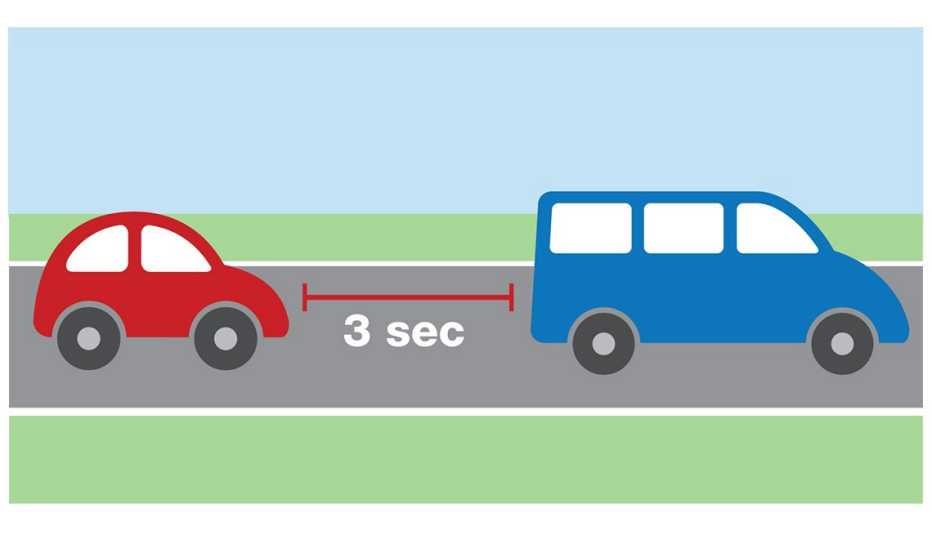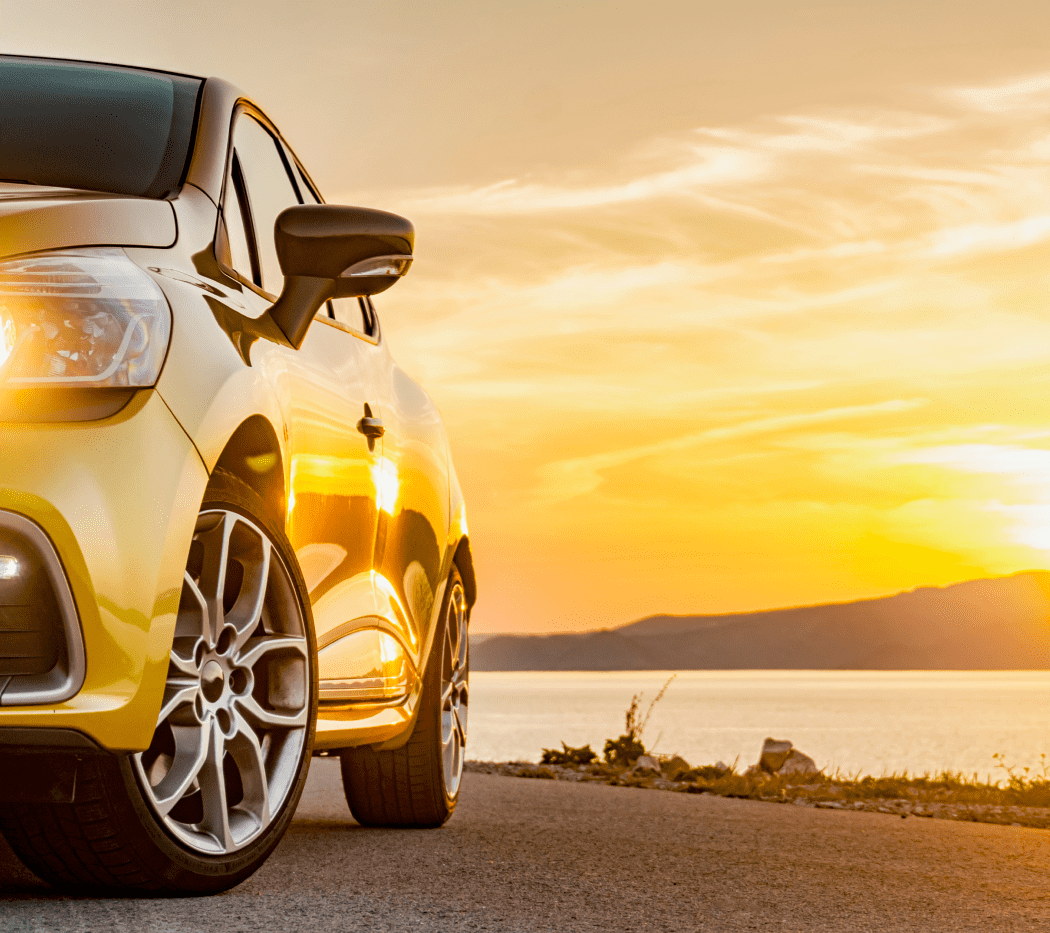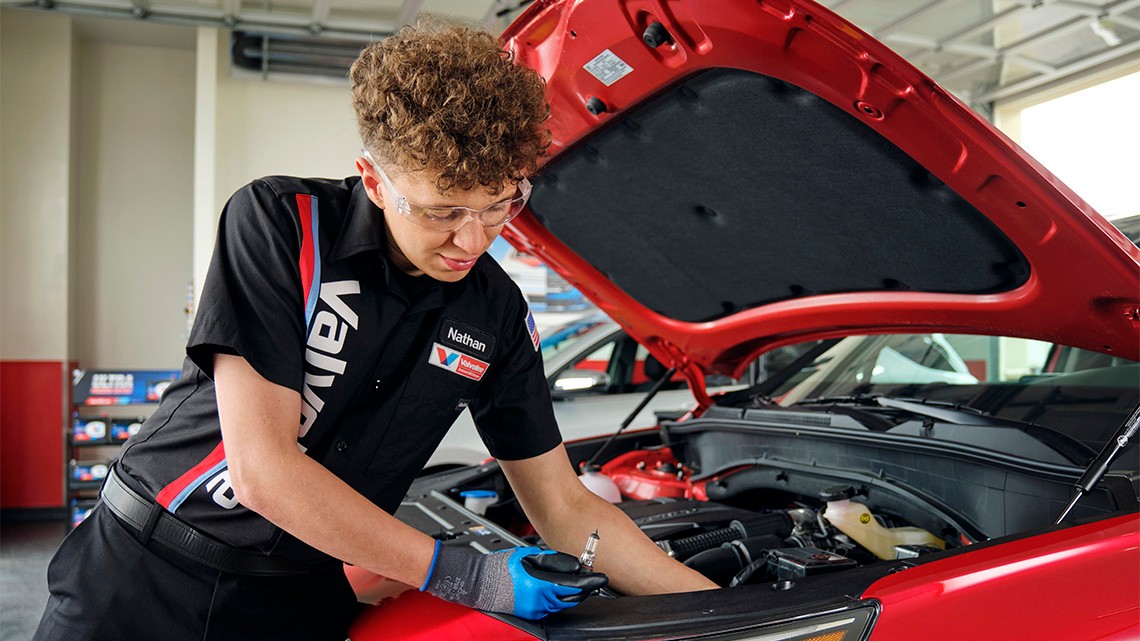Staying Fit


Safe Following Distance
Maintain at least a three-second following distance to help avoid dangerous situations.
- Locate a fixed point ahead. It can be an overpass, a utility pole or a shadow across the road.
- When the vehicle ahead of you passes that fixed point, count to yourself, “one thousand one, one thousand two, one thousand three.” If your vehicle passes the same fixed point when you say “one thousand three,” then you have a three-second safe following distance.
- If your vehicle arrives at the fixed point before you reach the count of “one thousand three,” you are too close. Slow down slightly and increase the distance between you and the vehicle ahead.
- Recheck against a new fixed point after you have increased your distance. You should be able to finish the count of “one thousand one, one thousand two, one thousand three” before you reach that fixed point.


AARP Membership— $12 for your first year when you sign up for Automatic Renewal
Get instant access to members-only products and hundreds of discounts, a free second membership, and a subscription to AARP the Magazine.
Caution: Do not focus so intently on the fixed point that you fail to observe the total traffic scene.
See also: How does your hearing impact your driving?
The Three-Second Following Distance Rule
- The three-second following distance applies to dry roads at any speed.
- Add an additional second if it is raining.
- Add an additional two seconds for torrential rain and thunderstorms, snow or icy conditions, or for dust storms.
- In some states, different following distances are suggested. In this course, we recommend at least three seconds.


































































More on auto
Medications and driving
Medications may cause side effects that negatively affect our driving ability. Find out how to be safe